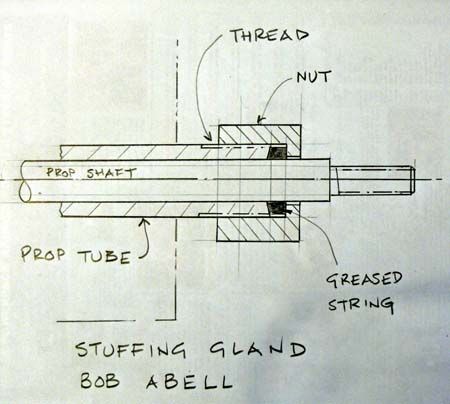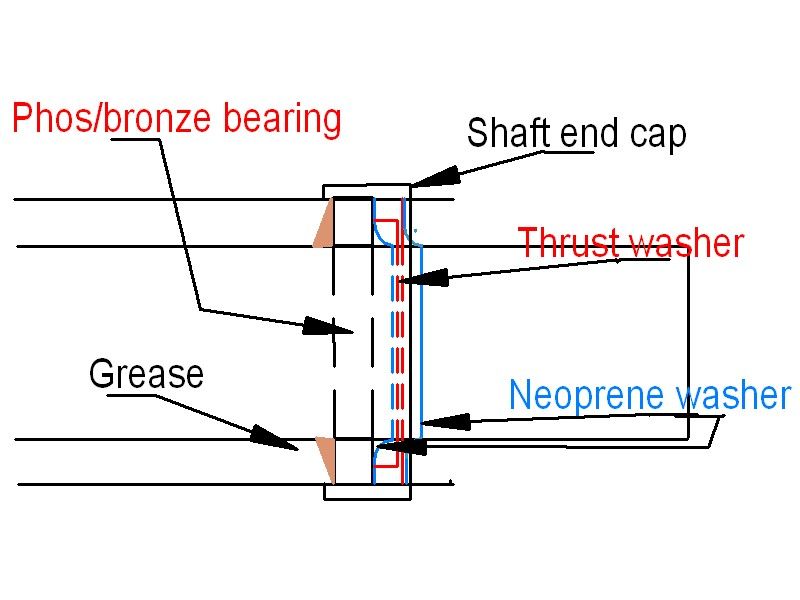Propshaft
Propshaft
Code of conduct | Forum Help/FAQs
Latest Replies
Viewing 25 topics - 1 through 25 (of 25 total)
-
- Topic
- Voices
- Last Post
-
- Fairey Huntsman 31 1 2 … 5 6
- 14
- 1 week, 6 days ago
- John Cobb’s Crusader 1 2 … 7 8
- 1
- 2 weeks ago
Viewing 25 topics - 1 through 25 (of 25 total)
Latest Issue
Newsletter Sign-up
Latest Replies
- Triple-Screw Boat in River in Boston
- Eezebilt RAF Fire Boat
- Todays Boating
- Triple Screw Boat
- TID steam tug 42″ – PN Thomas drawing enlarged
- Aeronaut Mahogany Sheet issue
- Lead Zinc boat parts Clean up, and Type of Glue to attach them
- Vic Smeed’s Silver Mist
- Antique model lifeboat
- Antique lifeboat in auction





 . You have a point though, I put a couple of tissues under the motor/ shaft couplings, to soak up and confine any water that comes in on my plastic fizz boat.
. You have a point though, I put a couple of tissues under the motor/ shaft couplings, to soak up and confine any water that comes in on my plastic fizz boat.


